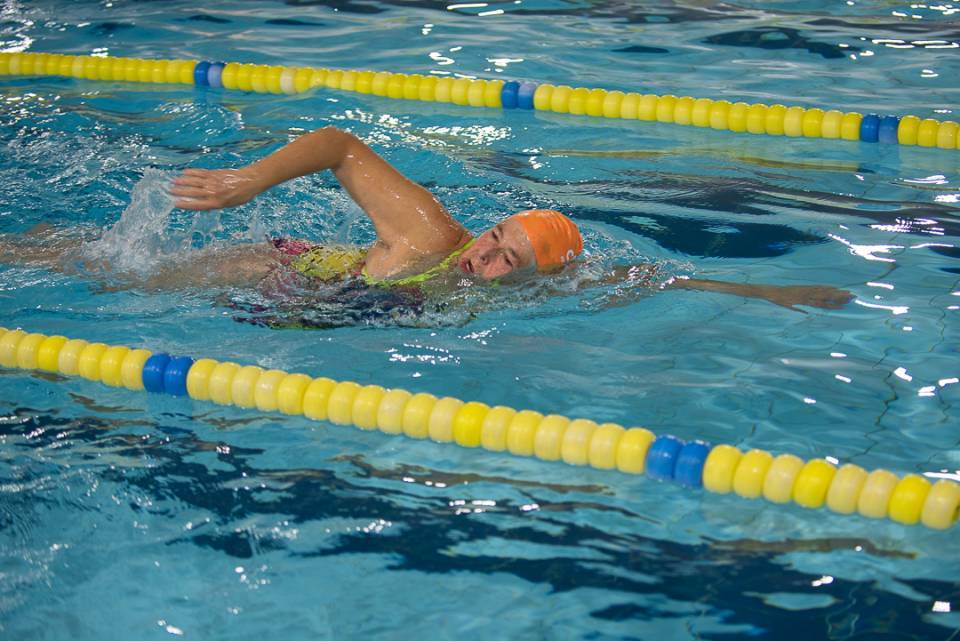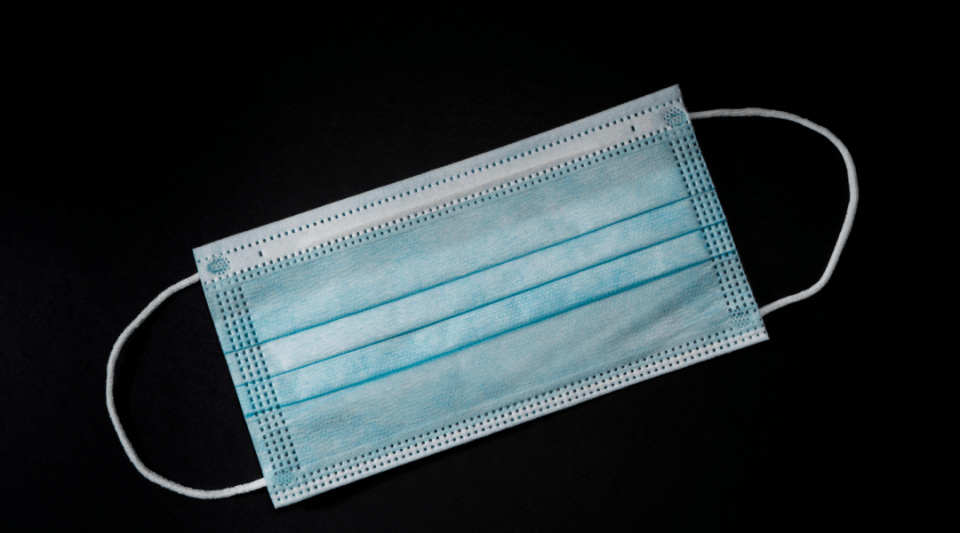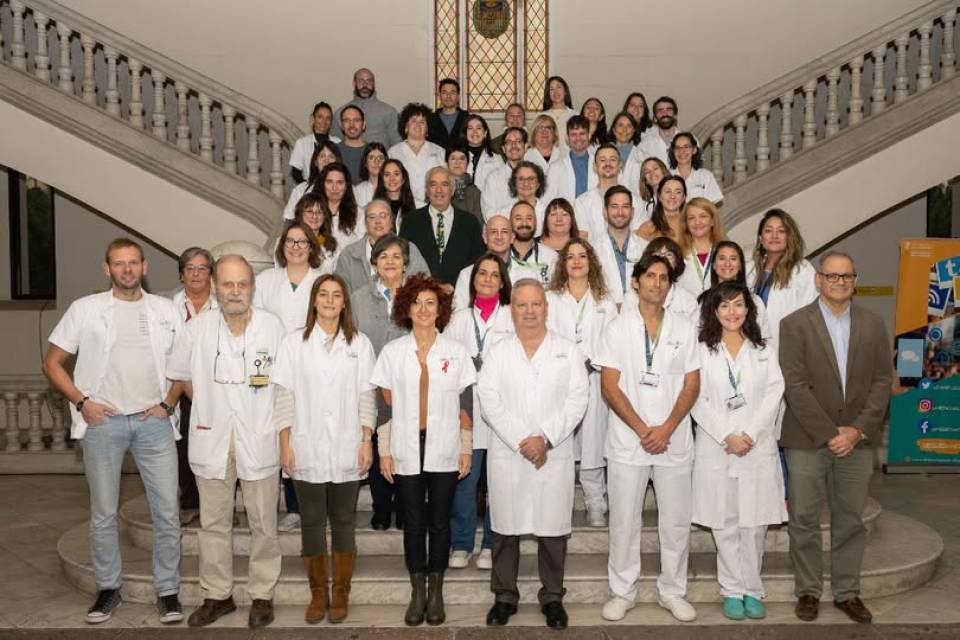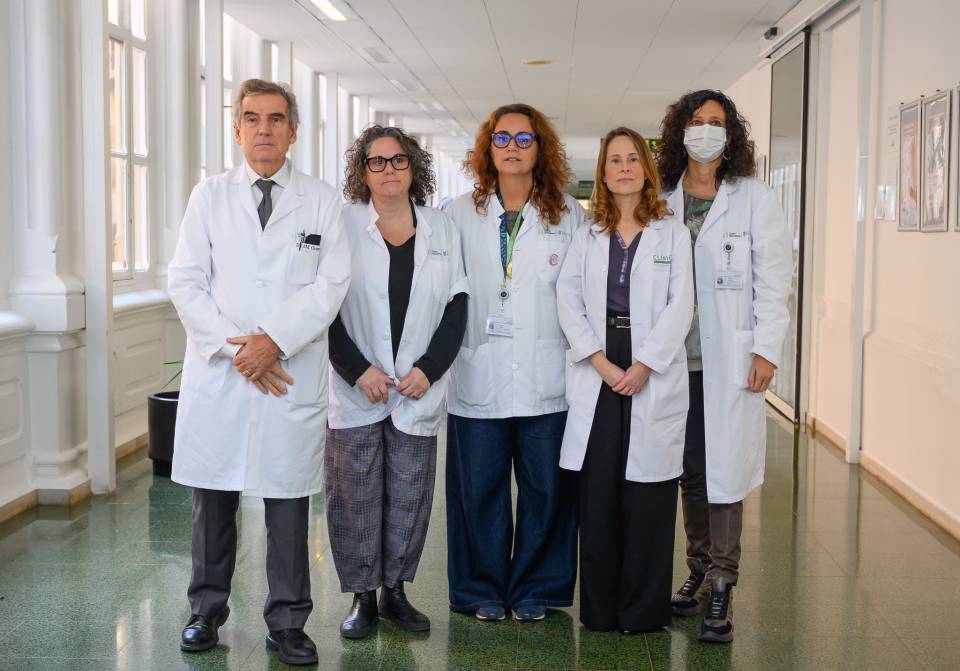As a child, she had always swum. Her parents liked swimming too and, for many years, she was an instructor who taught children and adults to swim. Roser trains three or four times a week and swims between 1,200 and 1,500 metres in each training session. In the summer, when the weather is nice and the water is not so cold, she trains in the sea, swimming up to 3,000 m a day. “Swimming helps me to socialize”, Roser explains. In competitions “we meet up with friends and there is a very healthy atmosphere", she adds. When she was younger, her speciality was the breaststroke. Now, she focuses on butterfly stroke and 400-m freestyle competitions
When Roser dives into the water, she relaxes. Swimming helps keep her muscles active and is beneficial for her whole body. “It’s a pleasure”, she confesses. Roser had had one hip prosthesis for some time, which allowed her to swim competitively. However, the other hip needed a prosthesis too. The non-operated hip had been bothering her for five years and she found it hard to walk, climb up stairs, and even to get up onto the podium to collect the trophies she won. She entered the operating theatre to undergo hip replacement surgery and all she could think about was being able to dive into the water again. Total hip replacement (total hip arthroplasty) is an operation that aims to replace a hip joint that has been damaged, generally due to osteoarthritis, or as a result of trauma, of a developmental disorder such as dysplasia, or a femoral head infarction, know as avascular necrosis of the femoral head.
Last year, Roser started to feel pain in the other hip and she consulted Dr. Jenaro Fernández-Valencia, Head of the Hip Unit at the Hospital Clínic. The Hospital Clínic carries out 350 hip replacement surgeries each year. Roser had the European championships coming up in a few months and wanted to recover as soon as possible. Dr. Fernández-Valencia defines Roser as “someone with lots of energy and who knows what she wants”. Since 2016, the Hospital Clínic has been working with a technique that allows a prosthesis to be implanted without cutting any muscles or tendons (direct anterior approach). It is a key technique that allows for quick recovery and, if possible, avoids the need for hospitalization.
It is very important that patients start to get up, move and walk about hours after the operation. In order to improve pain control, it is also essential to work on the muscles and the venous return, significantly decreasing the risk of deep vein thrombosis. Dr. Fernández-Valencia advises that after a hip replacement operation “it is important to incorporate moderate physical activity, gentle exercise with low-impact sports, into your life, and to avoid falls. Roser’s case is a clear example of this”. “Having a hip replacement, or two like Roser, does not have to stop you playing sports”, says the doctor.
After the operation in November last year, and the subsequent recovery, Roser got back into the water, slowly, the very day she got her stitches out. “They were the happiest 800 metres of my life", she explains excitedly. Recently, she won three medals at the Catalan championships.




